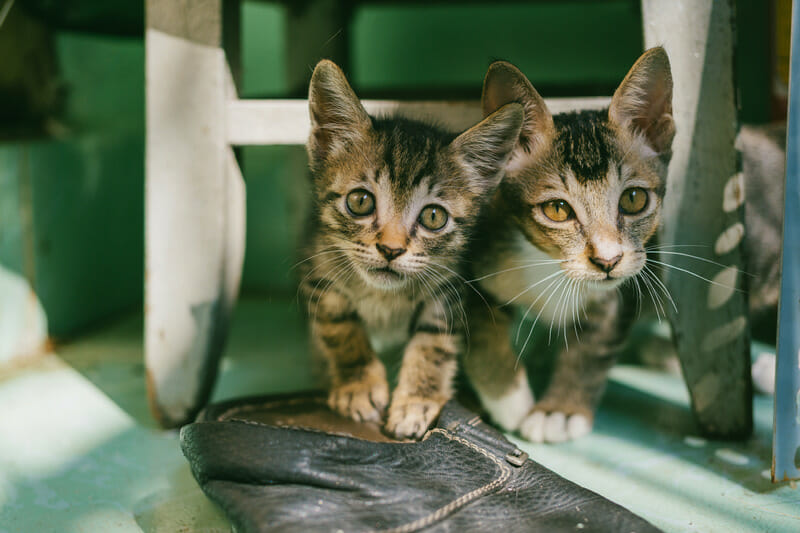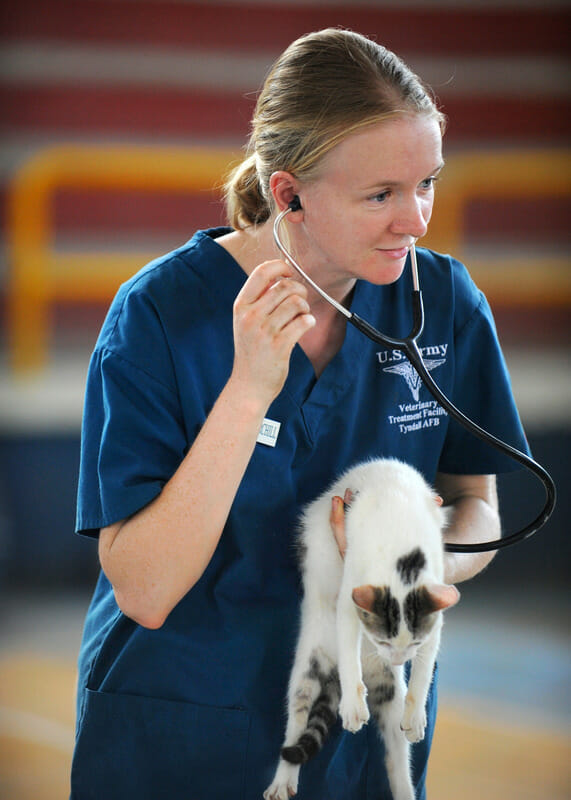Whether you’re considering bringing home a full-grown cat from a rescue shelter or taking in a friend’s foster kitten, adopting a cat is a lifetime commitment. Choosing to adopt means you’ve thought about all the aspects of responsible pet care, from providing quality food and healthcare to keeping your cat groomed and entertained all year round. On the upside, it also means having a companion for life.
If you’re still on the fence about adopting a cat, here are some of the things you need to know before taking the plunge.
What should I expect when I adopt a cat?
Before everything else, you need to take a closer look at your home, your routine, and your lifestyle. Make sure that you’ll be able to devote enough time to care for the newest member of your home, as well as support him physically, mentally, emotionally, and financially. Money Under 30 reports that the cost of owning a cat can easily exceed USD 1,000 in the first year. It includes expenses such as adoption fees, start-up supplies, cat food, microchipping, licensing, neutering, vaccinations, vet visits, grooming, litter, toys, and other surprise costs.
Another important factor to consider is the cat’s age. You’ll need to devote more time and patience to younger active kittens who might need to be taught how to use a litter box. They also have to receive their vaccinations and get neutered. Meanwhile, older cats’ potty training skills and personalities are more or less set, making it easier for you to know what to expect from them.
Speaking of personalities, research on the cat personality that you feel would match your energy and lifestyle, as well as the type of home you have. Cat traits to consider include skittishness, outgoingness, dominance, spontaneity, and friendliness. The foster parent or rescue volunteers could provide you with details such as which cats are open to being touched, which kittens are most playful, and which cats are good with children and other pets.
If you’ve had previous experience in caring for a dog, note that cats display different behaviour that may take some time to decipher. Some cats won’t budge an inch when you get home from work to say hello or won’t appreciate being belly rubbed after he exposes his stomach, but that doesn’t mean he loves you any less.
The breed of your adoptee should never be your primary focus, but if you are allergic to cats and still want to bring one home, you can research particular breeds that are known to be hypoallergenic. The length of its coat could also be a factor in choosing a cat that’s right for you. Though long-haired cats are gorgeous, they need to be groomed regularly to prevent matted fur, hairballs, and irritations caused by feces being stuck to their fur or skin.
You’ll also be surprised to know that some cats need to be adopted as a pair. These are bonded cats that have formed strong emotional connections with each other, and may become depressed or develop behavioural problems if they are separated. Bonded pairs usually happen with siblings who have grown up together, or with kittens who were introduced to each other when they were still little.

What do I need?
Before bringing your newly adopted cat home, you’ll also need to prepare a cat starter kit. Come up with the following essentials and you’re one step closer to making him feel at home:
- Cat bed or bedding
- Water and food bowls
- Cat food and treats
- Litter tray and litter
- Scratching post
- Cat toys
- Grooming equipment
- Cat carrier
Cats may take more time to warm up to a new environment, so make it a point to place him in a safe room that he can grow accustomed to. Place all of his essentials within the area (tip: keep the litter box away from the feeding area) and give him the freedom to go beyond this space when he’s ready. You can also provide him with small hiding places and tall perches to make him feel more secure.
Also, do not rush introductions with new people or animals. Let the cat come to you when you come for a visit in his safe space, and remind children to be gentle when touching him. Cats can be introduced by sniffing each other through the closed door, then gradually moving on to supervised interactions in a neutral place. A dog and a cat should also be supervised when they are introduced to each other for the first time.
Cat-proof your home by safely storing fragile items and removing toxic flowers and plants that may be found inside your home. Get him a scratching post to wear down his claws and discourage him from scratching on your furniture. To prevent accidents, keep your windows and balcony safely locked. Keep electrical cables, yarn, rope, and items that get tangled easily out of his reach. Always put the toilet seat down, and keep the sink and/or tub empty if you decide to make him stay in your bathroom for the first few weeks.
How do I initially care for the adopted cat?
Schedule a visit with your trusted veterinarian before exposing your adopted cat to young children or other pets at home. Ensure that he is in tip-top condition and his essential vaccinations are up-to-date. Provide him with preventive care such as deworming, flea and tick prevention, bloodwork, and fecal tests.

Ask the shelter or rescue if the cat has already been spayed or neutered. If the procedure hasn’t been done yet, make an appointment with your vet. Spaying a female cat before her first heat cycle is said to eliminate the risk of cancer (specifically breast, ovarian, and uterine cancers), while neutering a male cat reduces unwanted behaviours such as displaying aggression, roaming, and marking its territory. Pet MD recommends having your cat neutered as early as six to eight weeks of age, or waiting until he’s five months old.
Be a responsible cat owner by having your adopted pet microchipped if the rescue or shelter hasn’t gotten around to doing it yet or doesn’t have the means to do so. Having him microchipped through your vet or a local authority increases the chances of him being reunited with you if he wanders away and gets lost. Input your correct contact details, and update them if you transfer homes or change numbers. Wait until he is at least eight weeks old or about two pounds before having the microchipping procedure done.
To recap
Now that you’ve read up on: a) the things you should expect if you’re thinking of adopting a cat, b) what you need to prepare before your adopted cat comes home with you, and c) how you can initially care for an adopted cat, we hope it convinces you to bring home a rescue cat soon!
Leave a comment
Your email address will not be published. All fields are required.